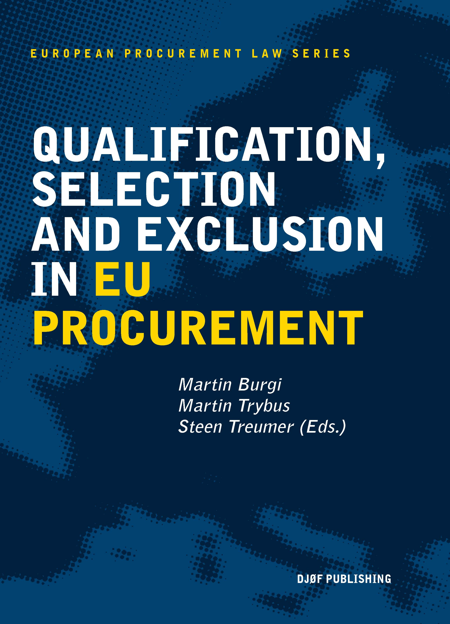Qualification, Selection and Exclusion in EU Procurement (1. udg.)
1. udgave - 1. januar 2016
Af Martin Burgi , Martin Trybus og Steen Treumer

Vil du læse denne bog?
Køb adgang til denne og alle andre bøger på Jurabibliotek.
Køb adgangHar du allerede købt adgang? Log ind her